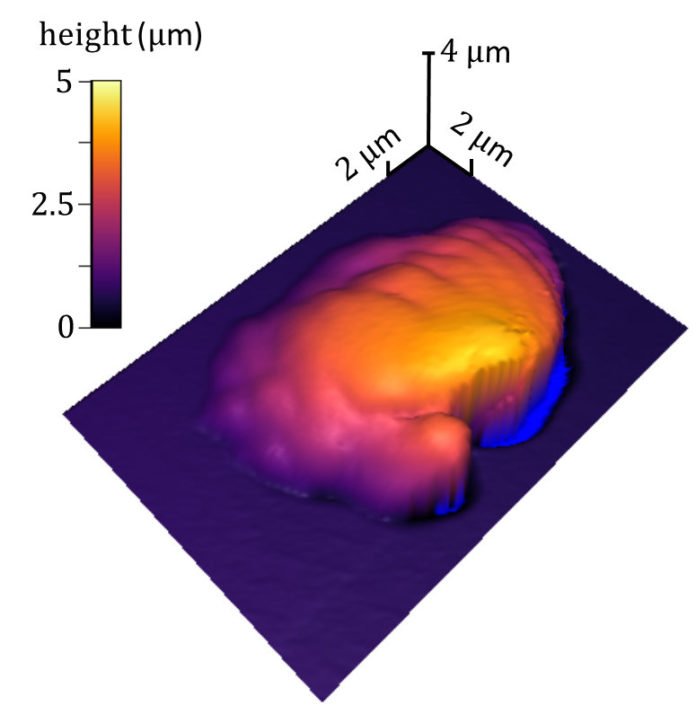Scientists at the National Institute of Standards and Technology (NIST) have demonstrated a novel method based on light-based atomic force microscopy (AFM), named sample-coupled-resonance photorheology (SCRPR) to measure how and where a material’s properties change.
The method quantifies how materials evolve with submicrometer spatial resolution and submillisecond time resolution—thousands of times smaller-scale and faster than bulk measurement techniques.
The method is expected to measure changes throughout a cure, collecting critical data for optimizing processing of materials ranging from biological gels to stiff resins.
NIST materials research engineer Jason Killgore said, “We have had a ton of interest in the method from industry, just as a result of a few conference talks.”
The new method combines AFM with stereolithography, the use of light to pattern photo-reactive materials ranging from hydrogels to reinforced acrylics. A printed voxel may turn out uneven due to variations in light intensity or the diffusion of reactive molecules.
AFM can sense rapid, minute changes in surfaces. In the NIST SCRPR method, the AFM probe is continuously in contact with the sample. The researchers adapted a commercial AFM to use an ultraviolet laser to start the formation of the polymer (“polymerization”) at or near the point where the AFM probe contacts the sample.
The method measures two values at one location in space during a finite timespan. Specifically, it measures the resonance frequency (the frequency of maximum vibration) and quality factor (an indicator of energy dissipation) of the AFM probe, tracking changes in these values throughout the polymerization process. These data can then be analyzed with mathematical models to determine material properties such as stiffness and damping.
Scientists demonstrated the method with two materials. One was a polymer film transformed by light from a rubber into a glass. Researchers found that the curing process and properties depended on exposure power and time and were spatially complex, confirming the need for fast, high-resolution measurements. The second material was a commercial 3D printing resin that changed from liquid into solid form in 12 milliseconds.
A rise in resonance frequency seemed to signal polymerization and increased elasticity of the curing resin. Therefore, researchers used the AFM to make topographic images of a single polymerized voxel.
Scientists noted, “surprising the researchers, interest in the NIST technique has extended well beyond the initial 3D printing applications. Companies in the coatings, optics and additive manufacturing fields have reached out, and some are pursuing formal collaborations.”
The method has published the technique in the journal Small Methods.
